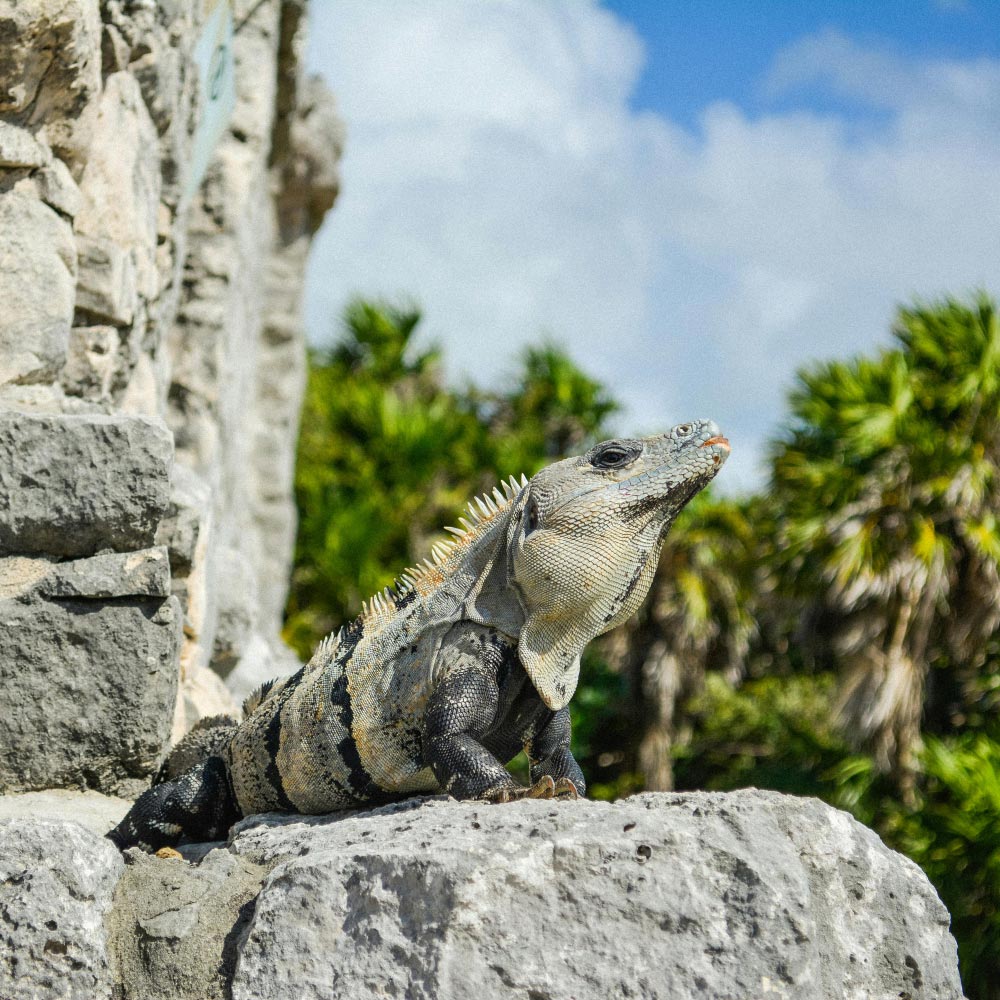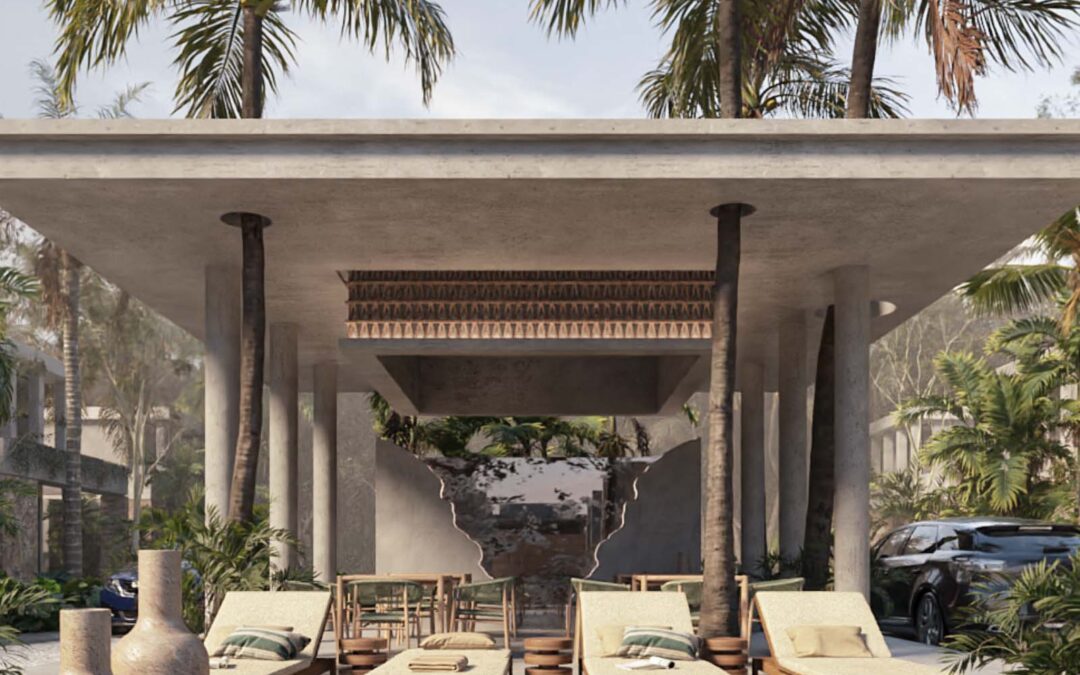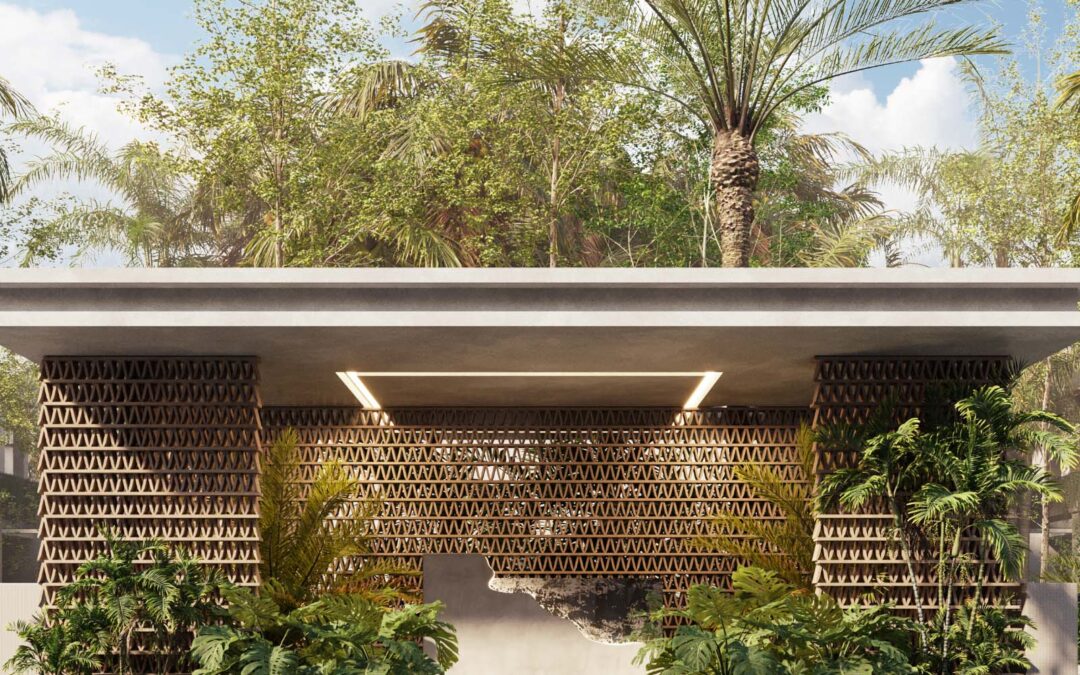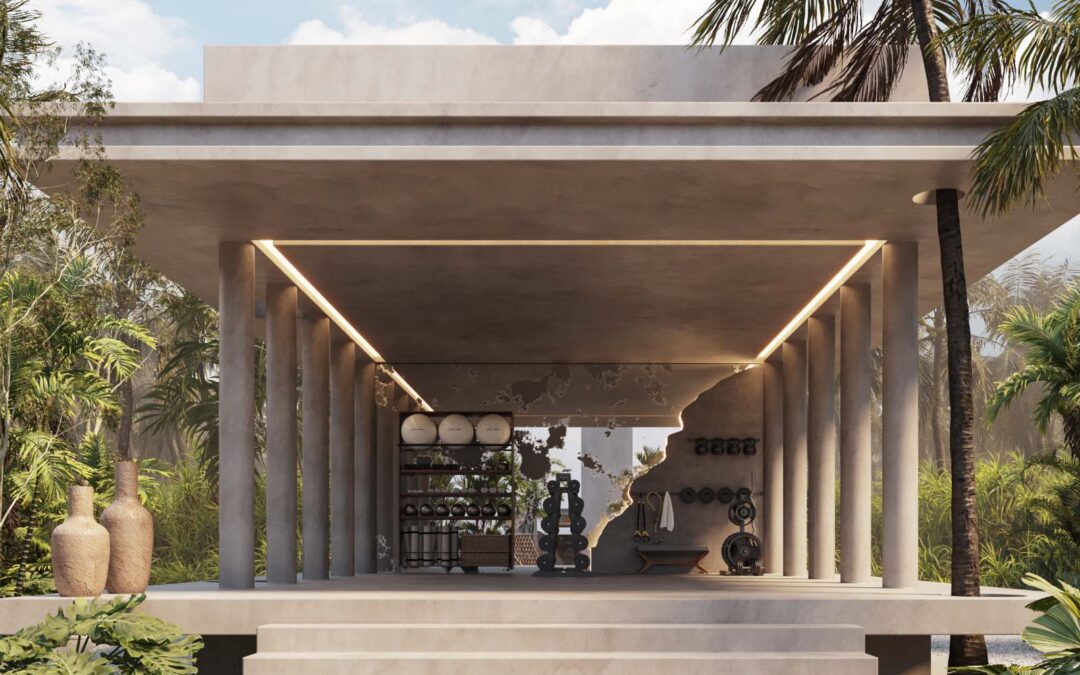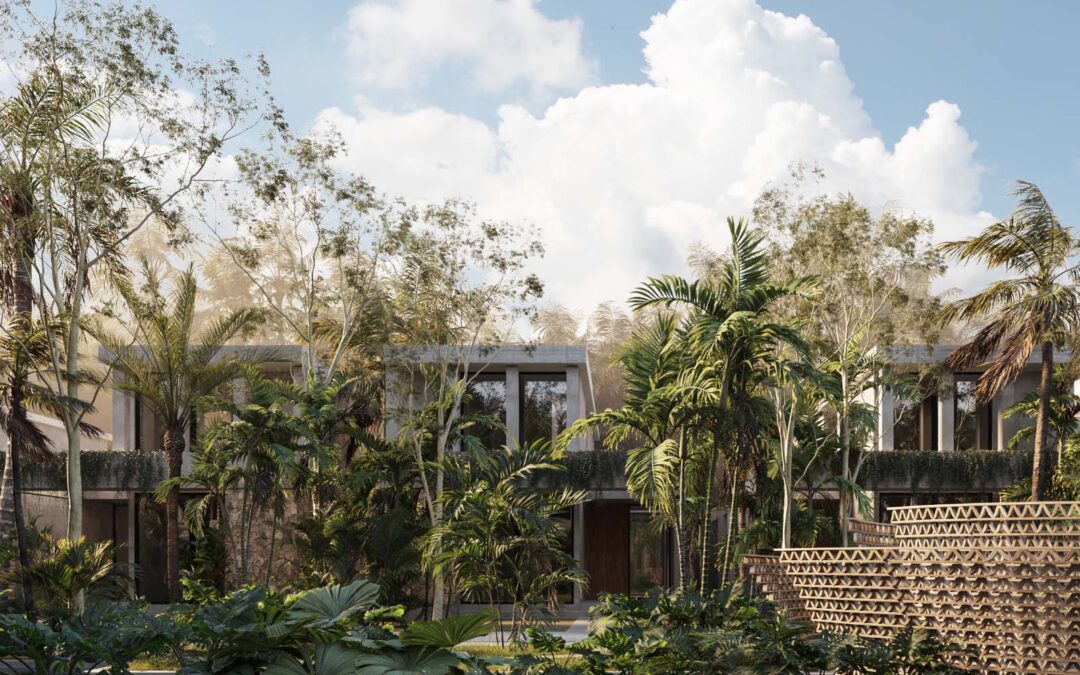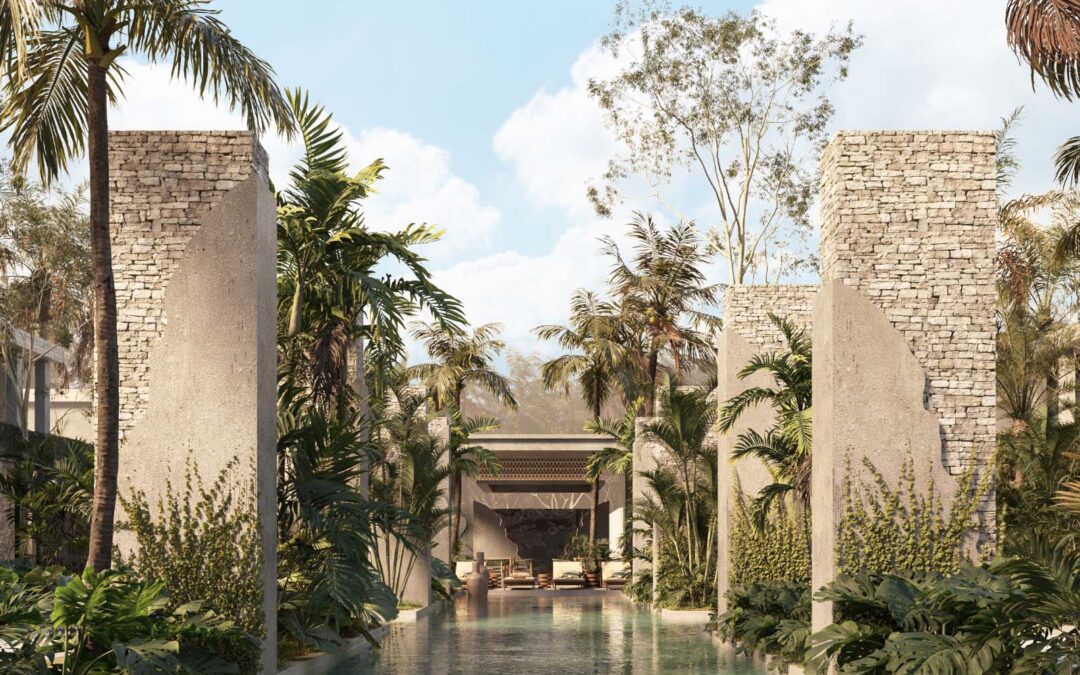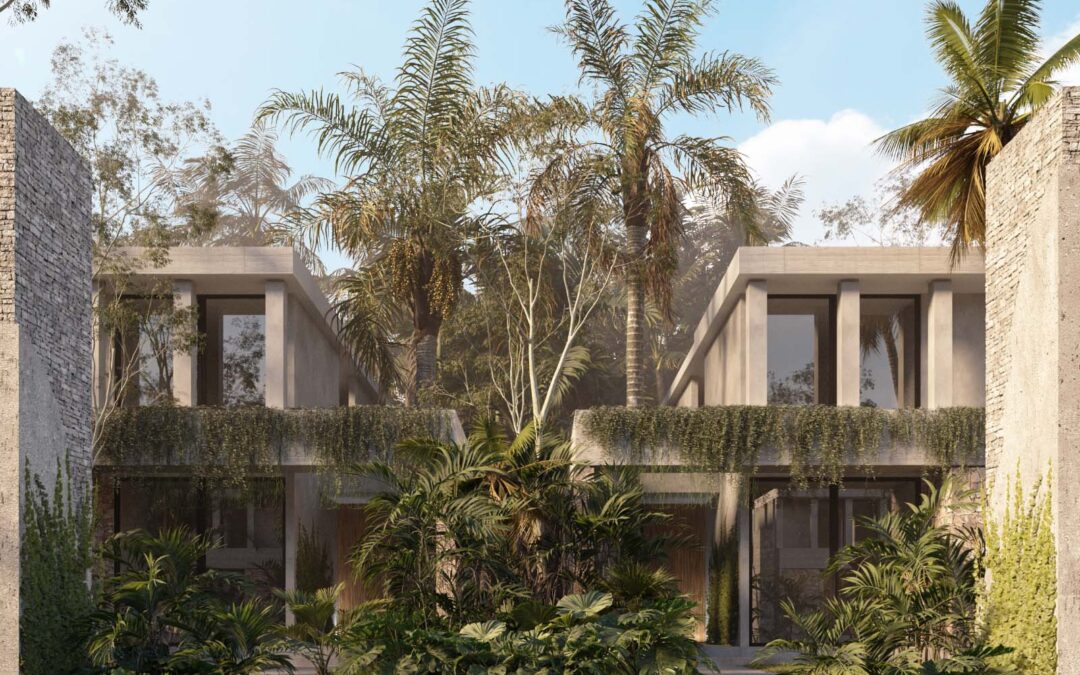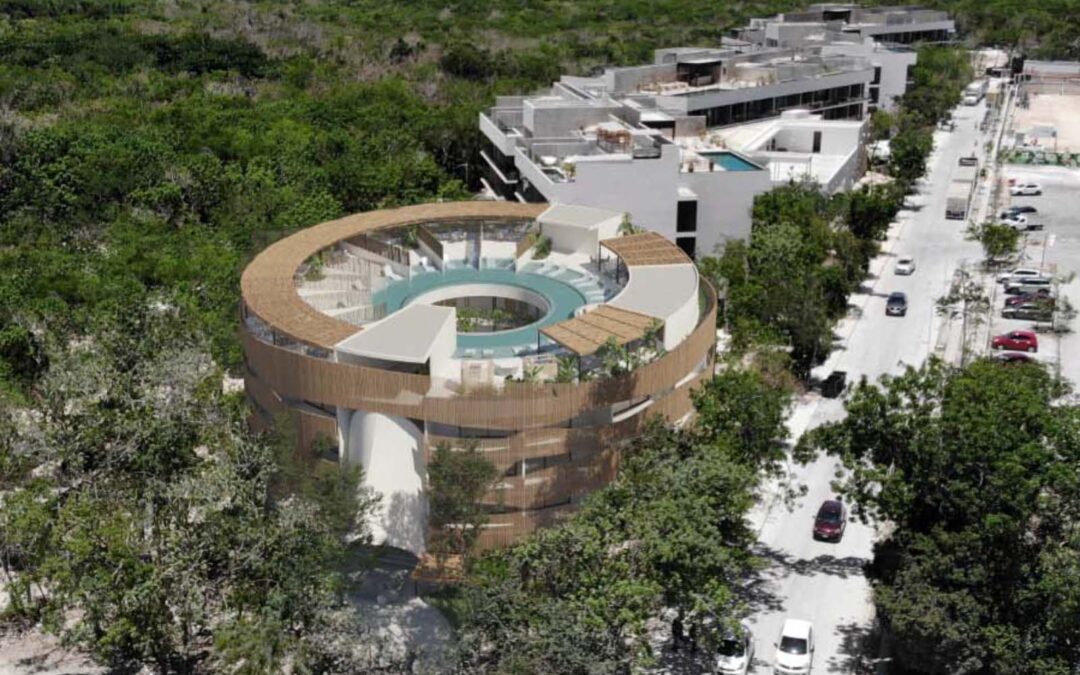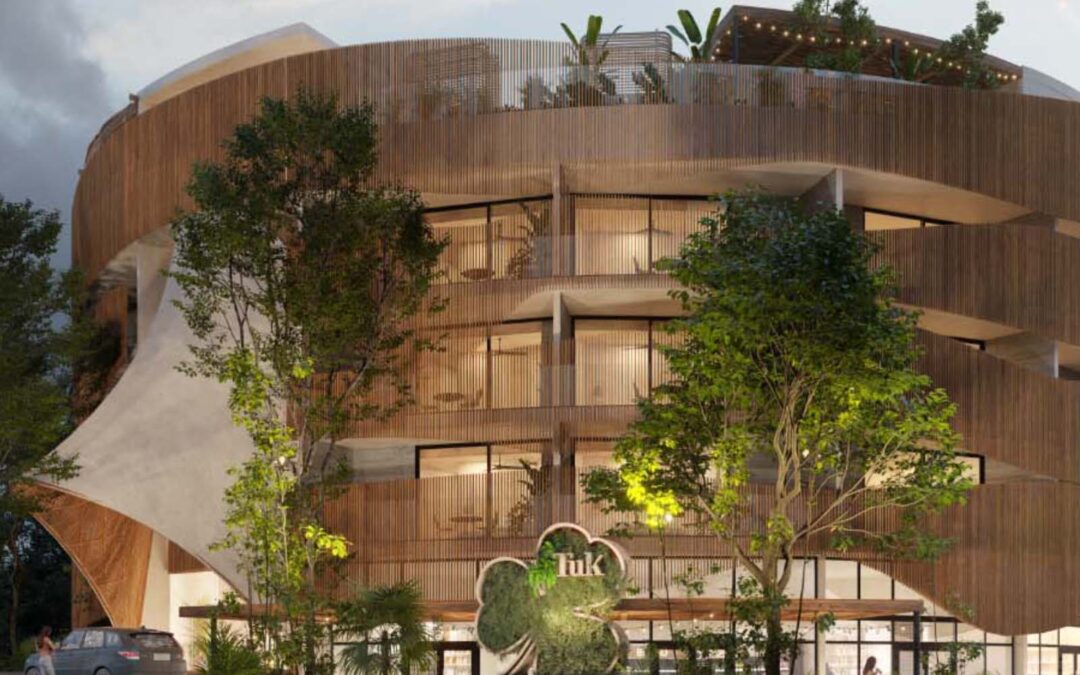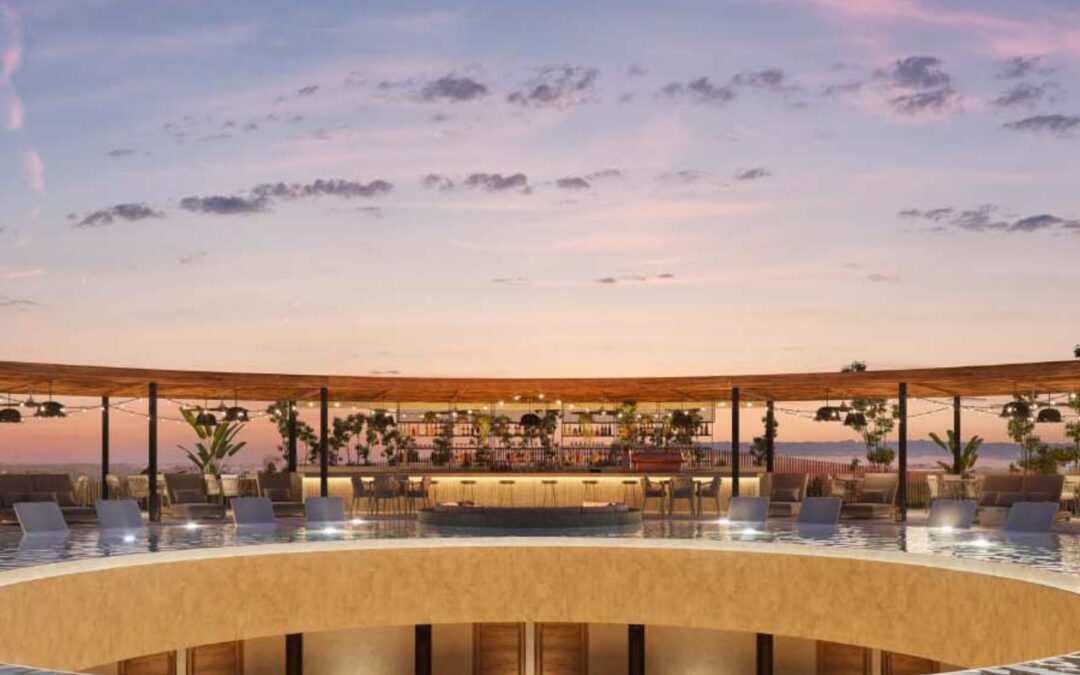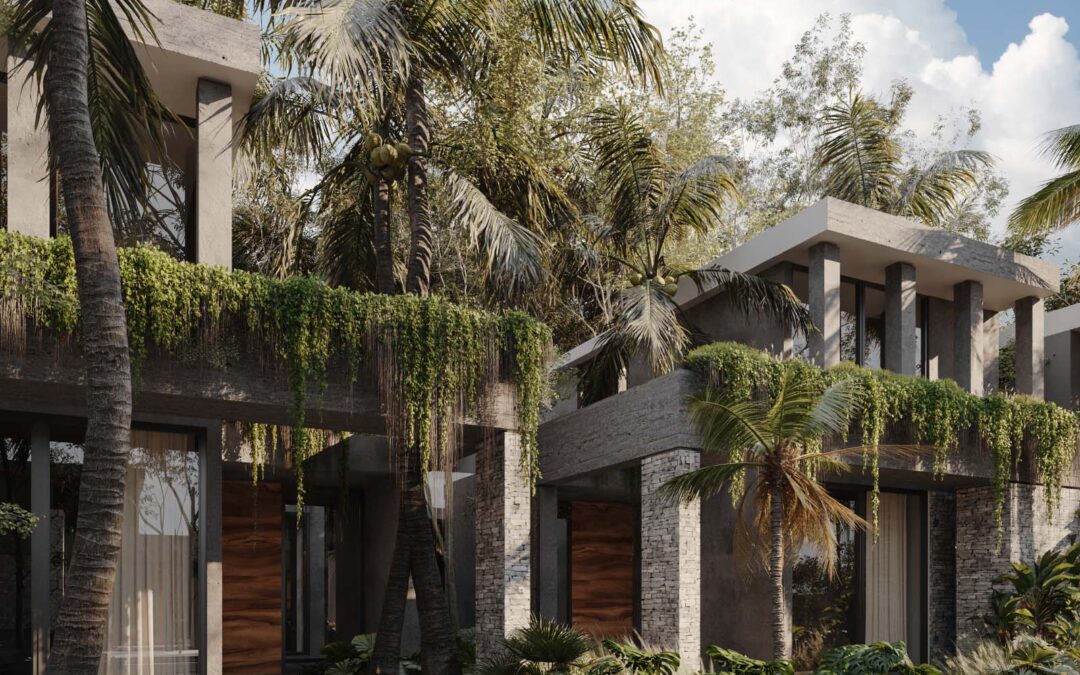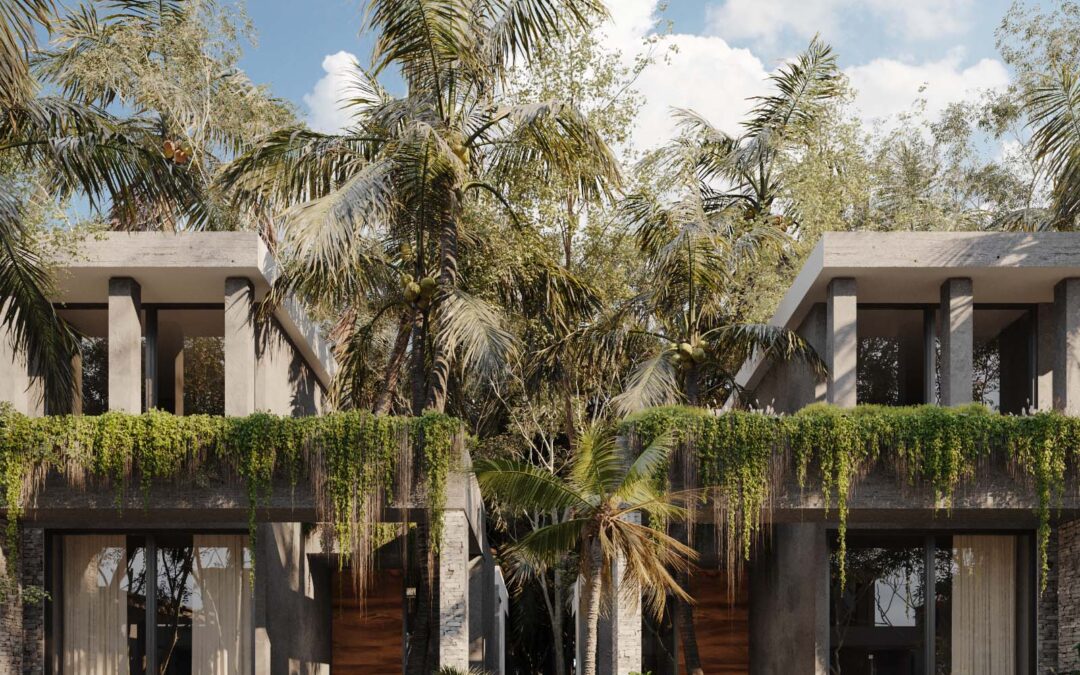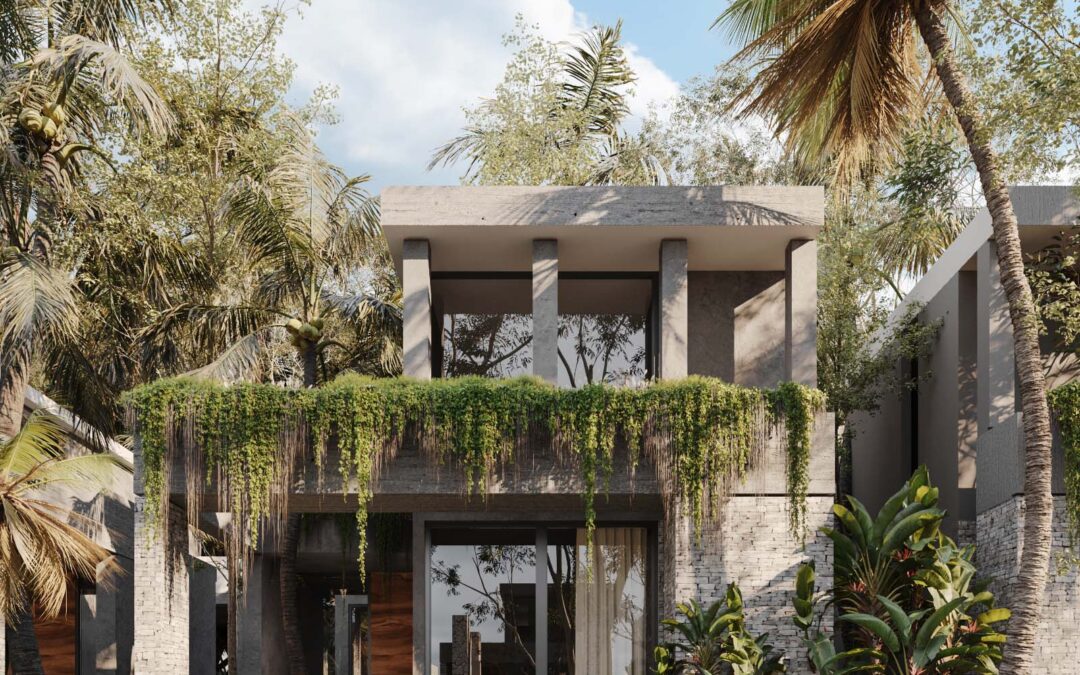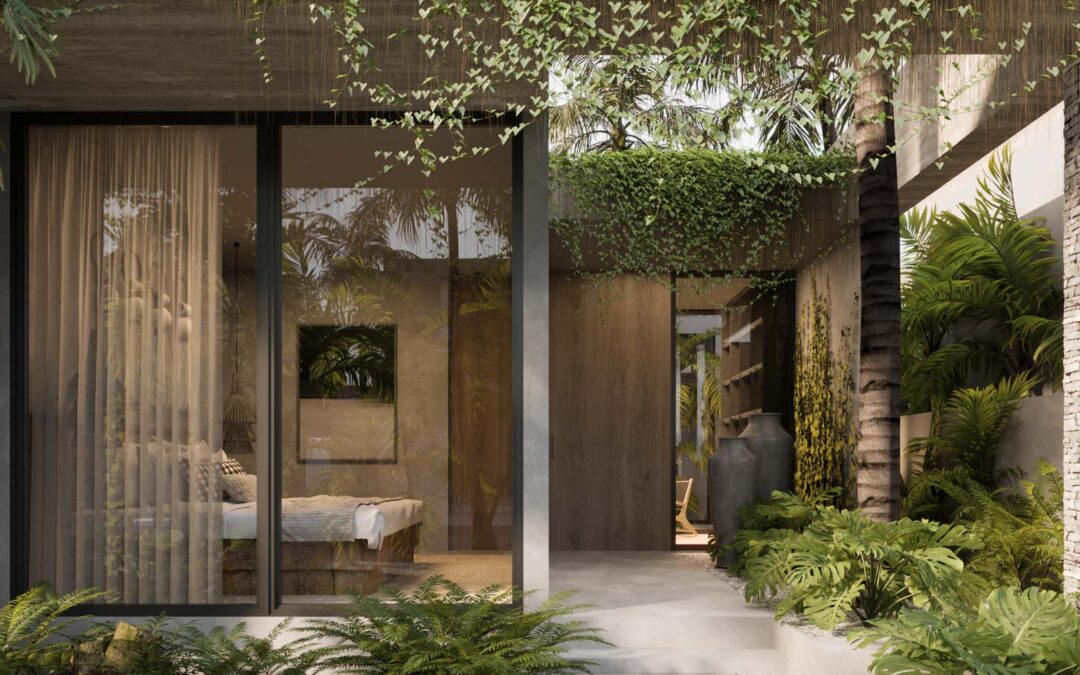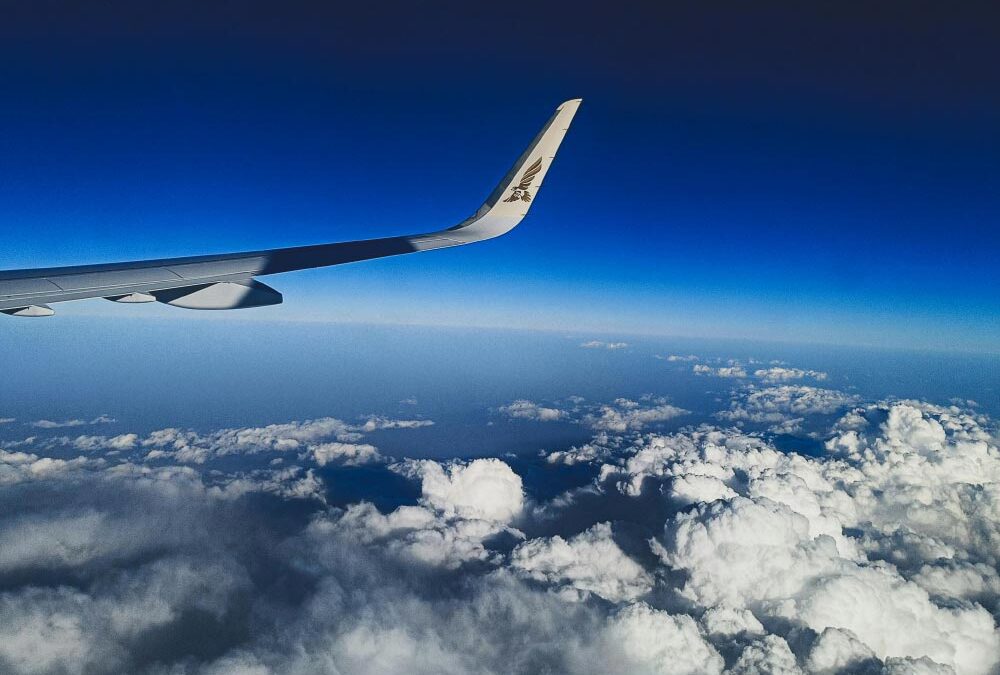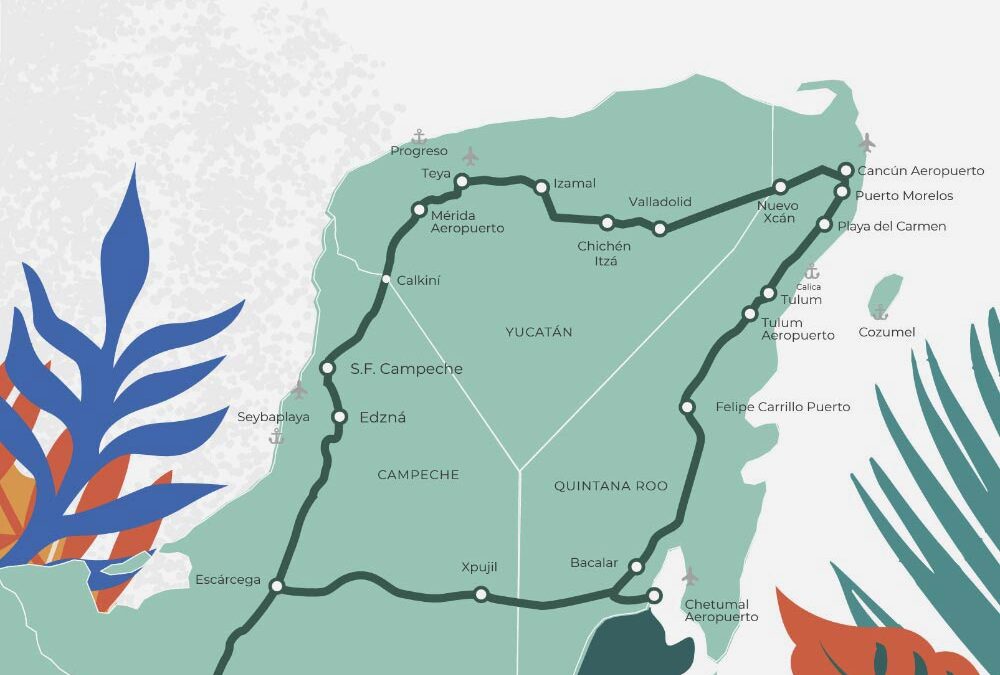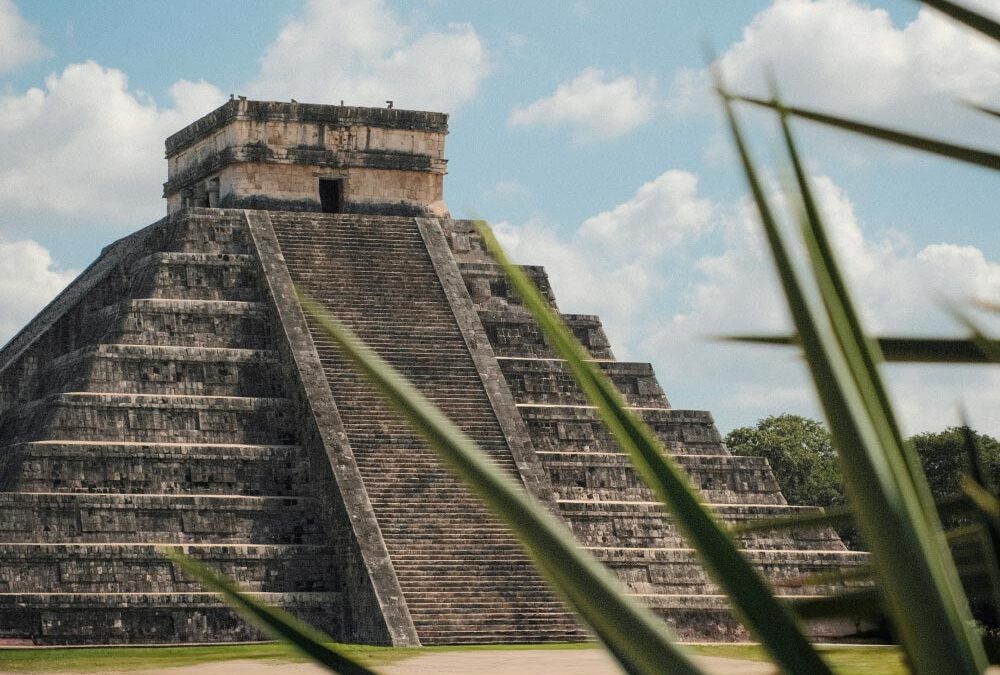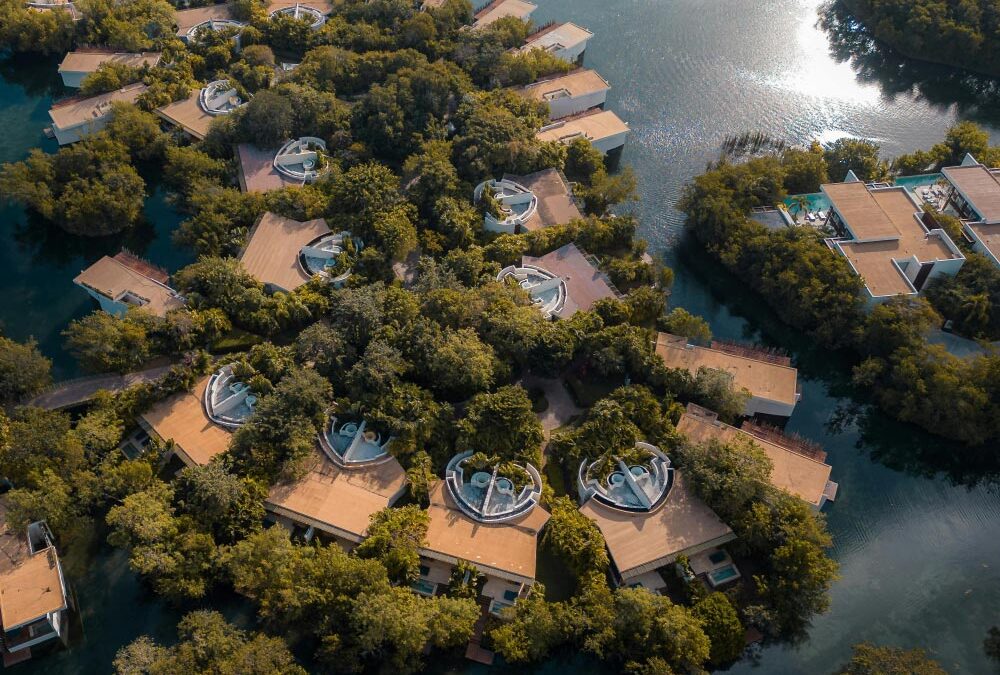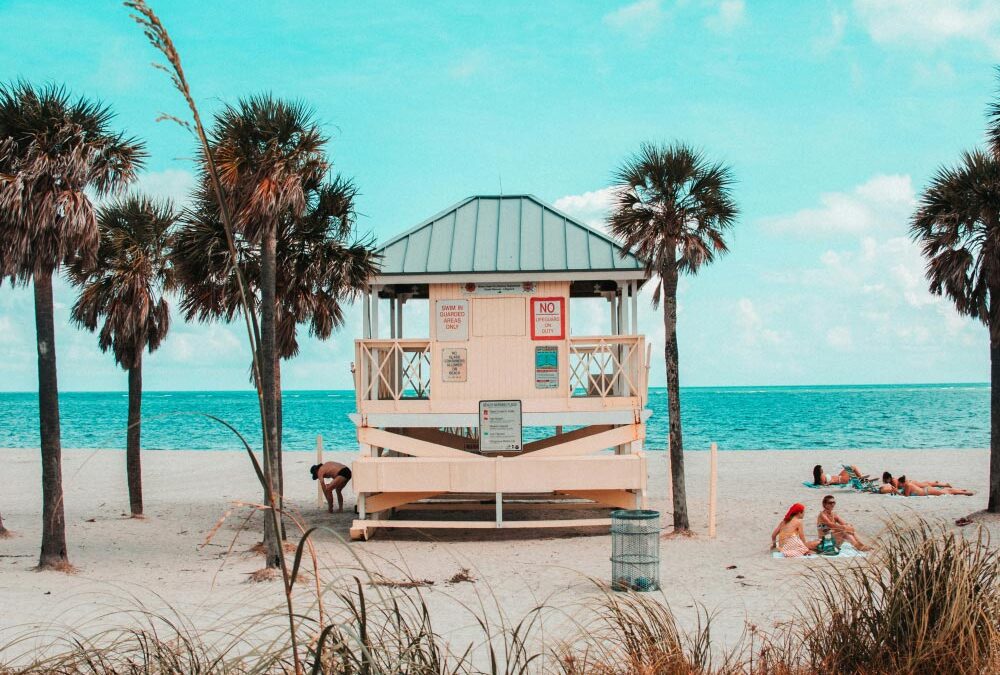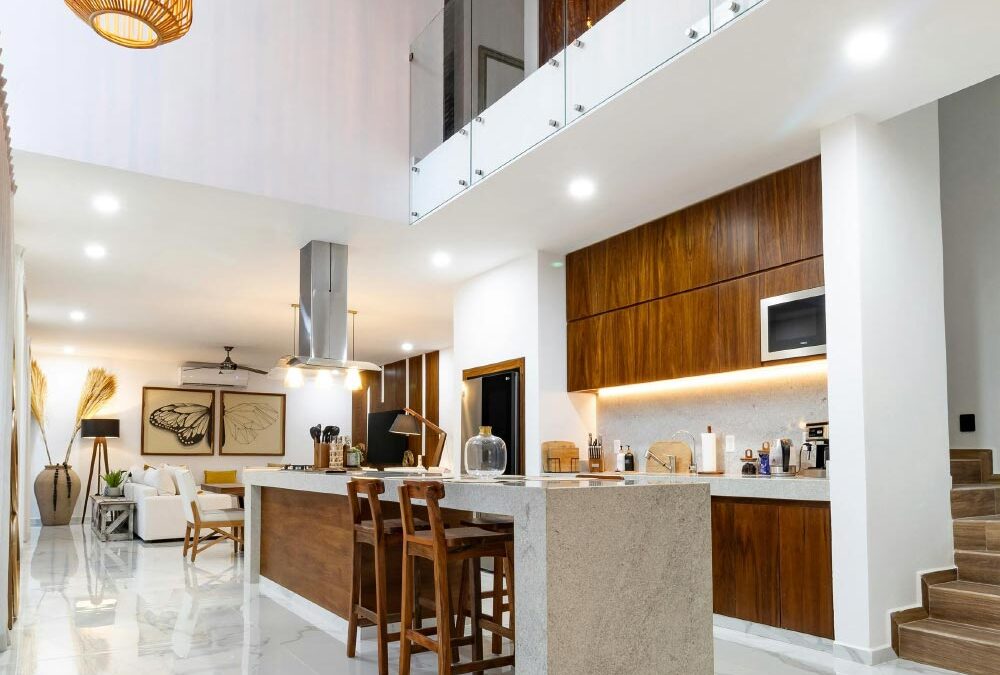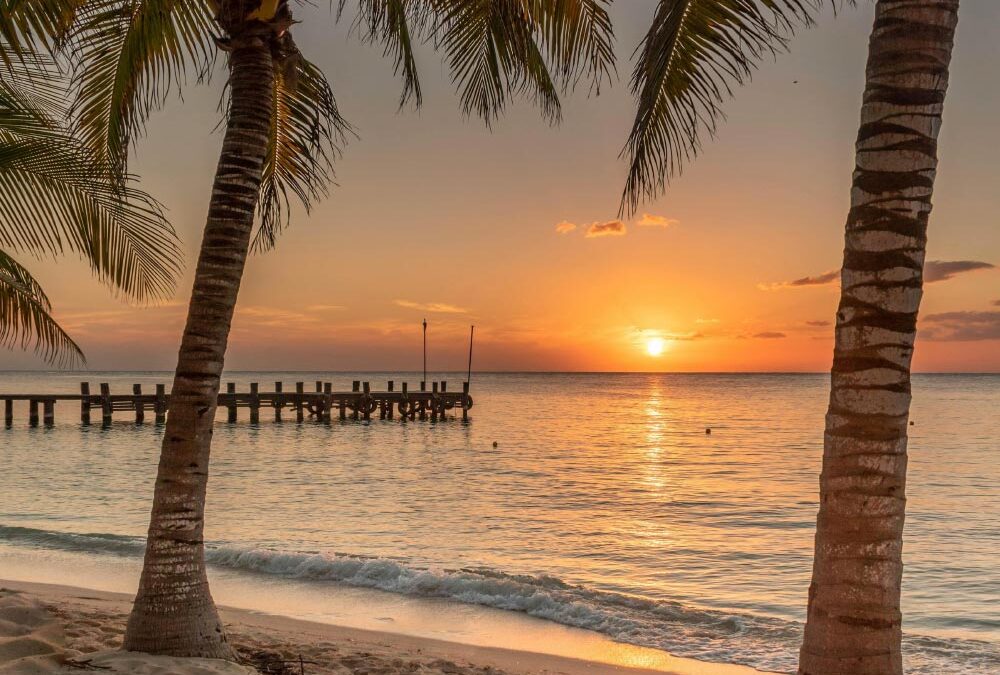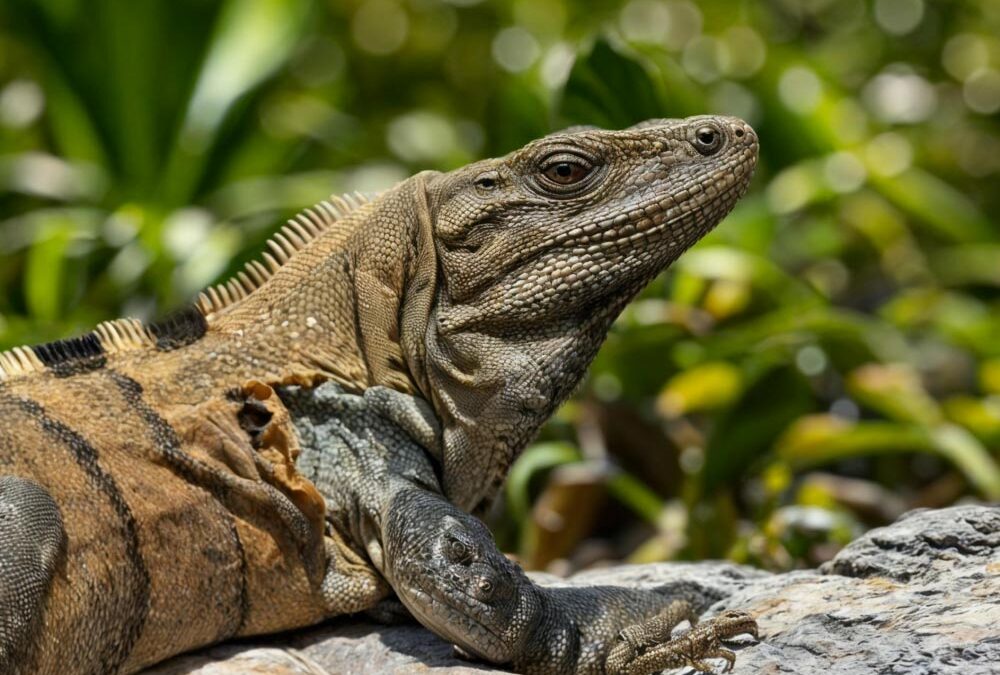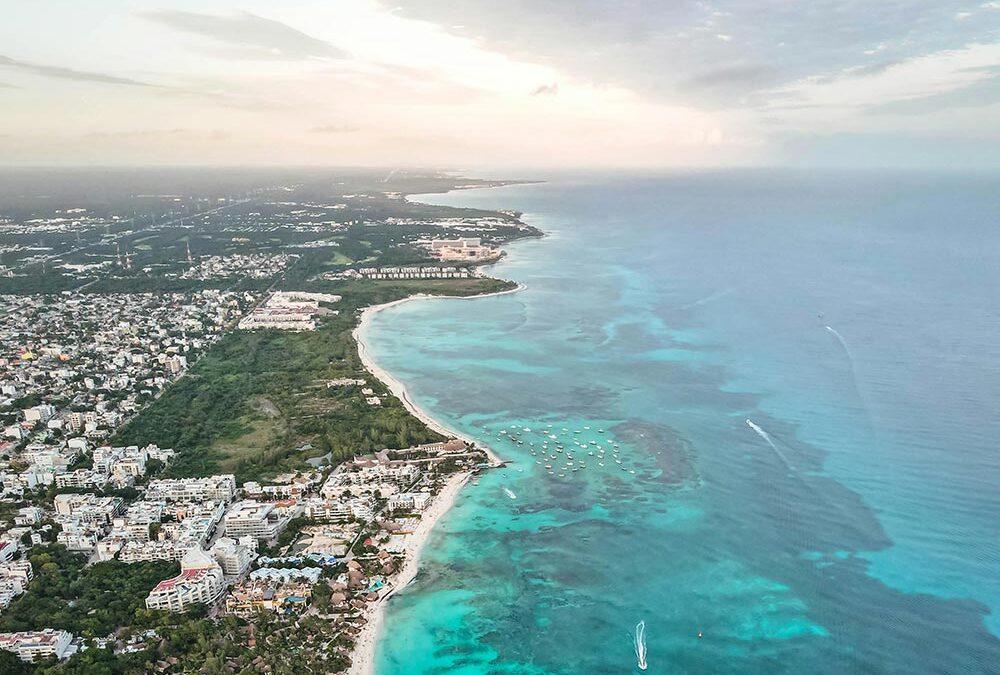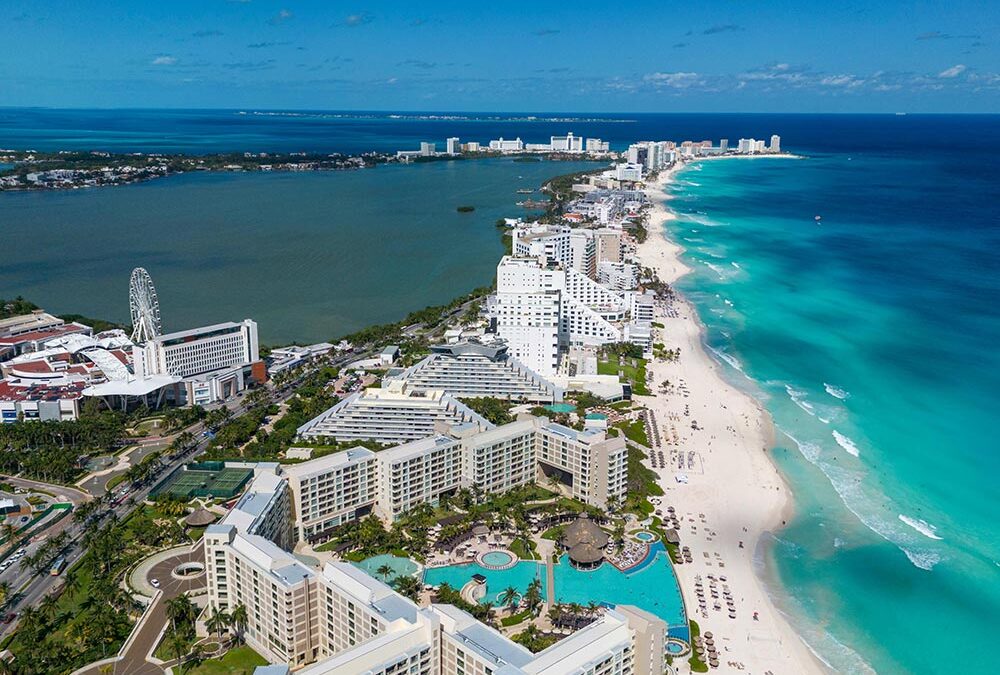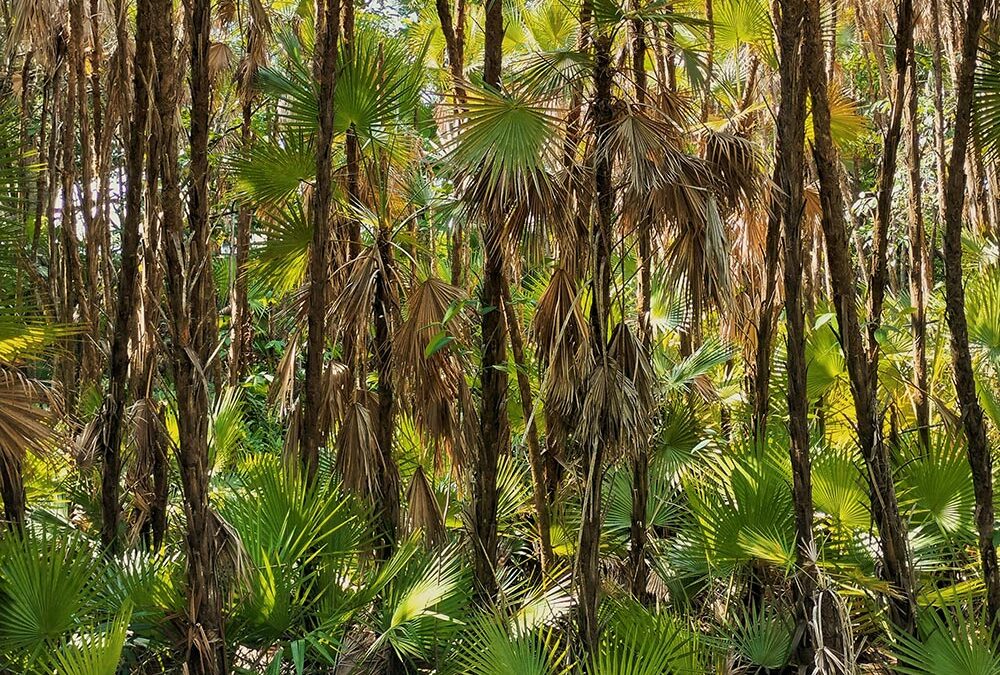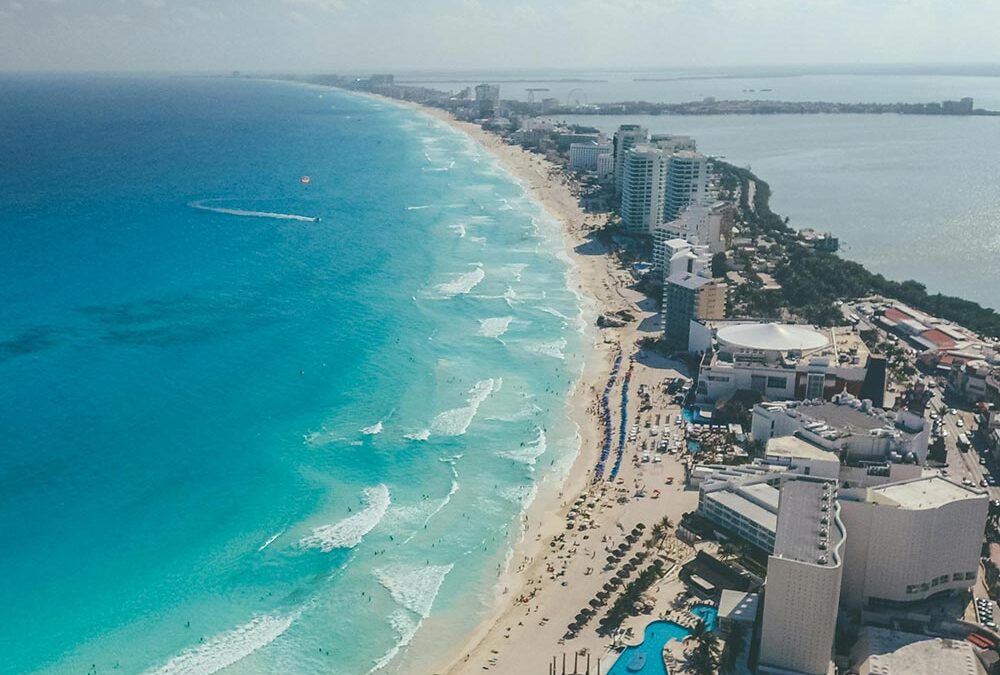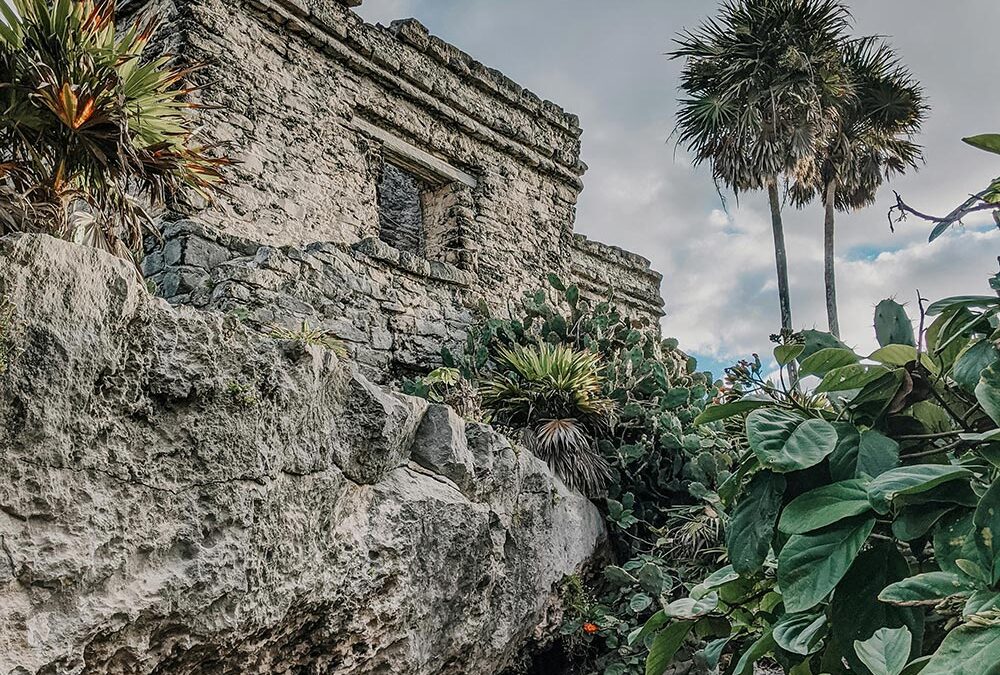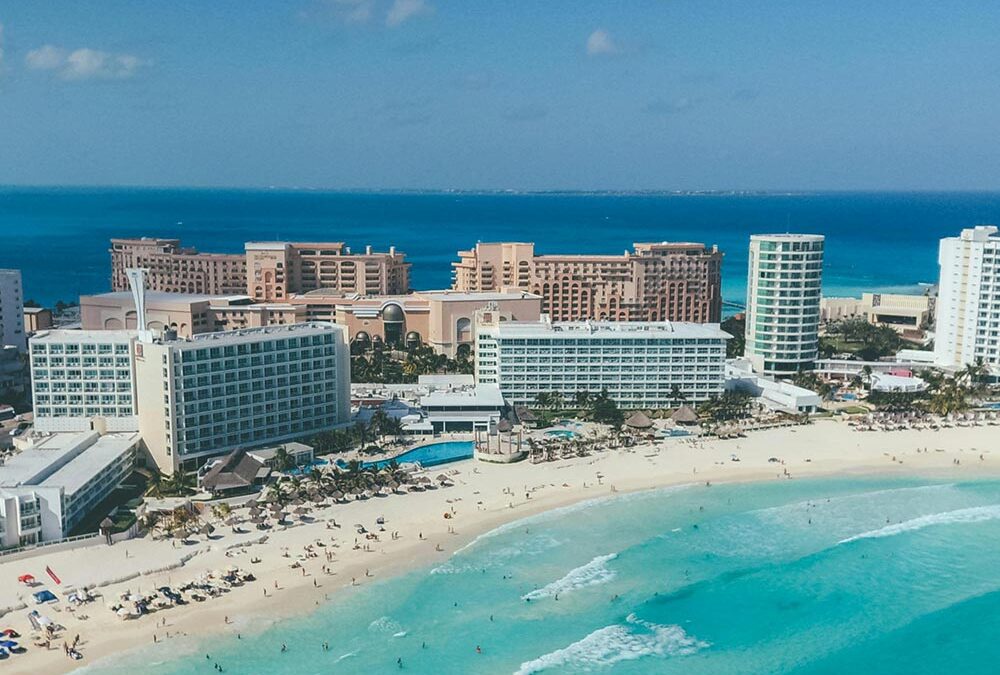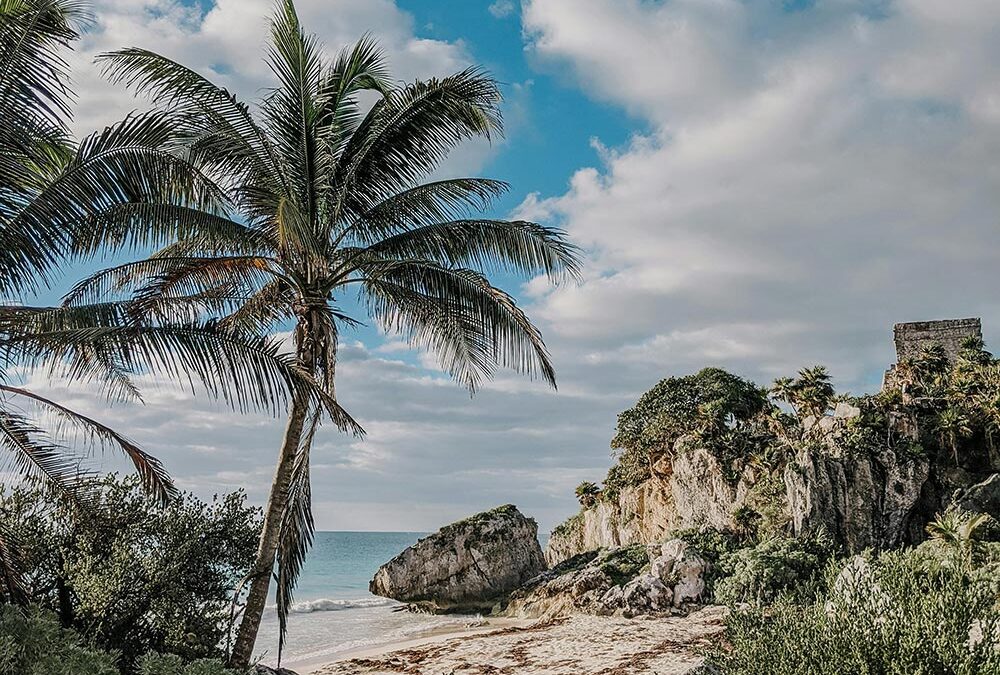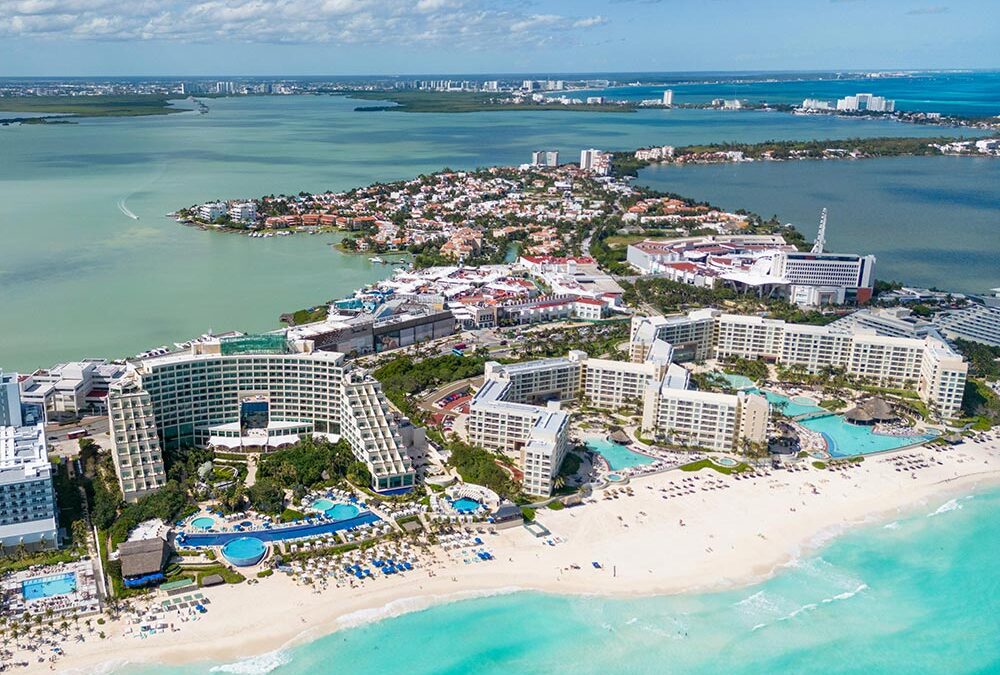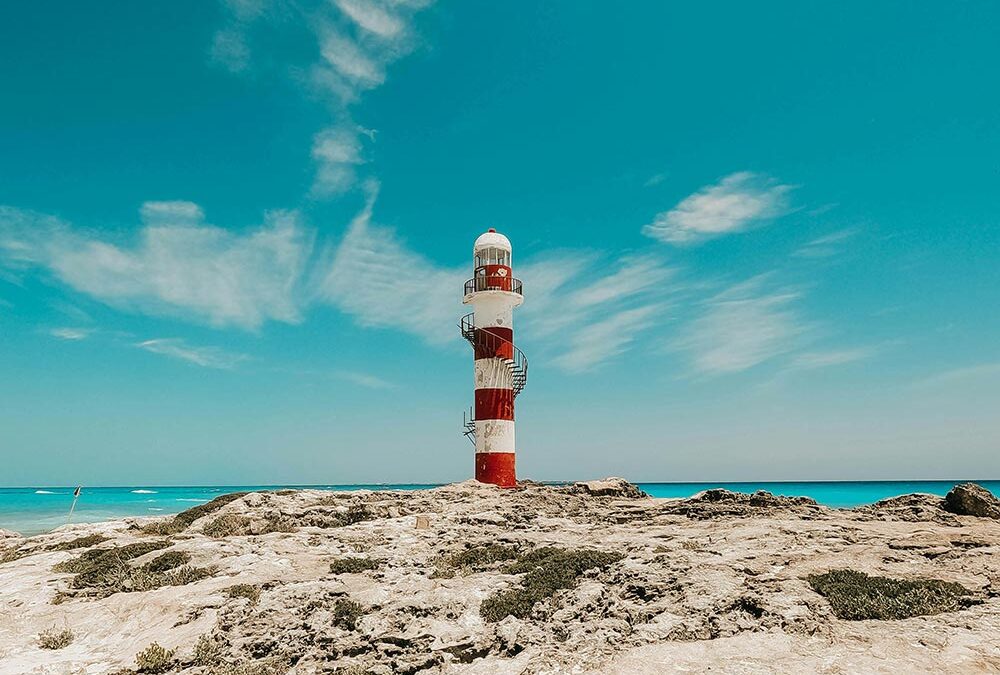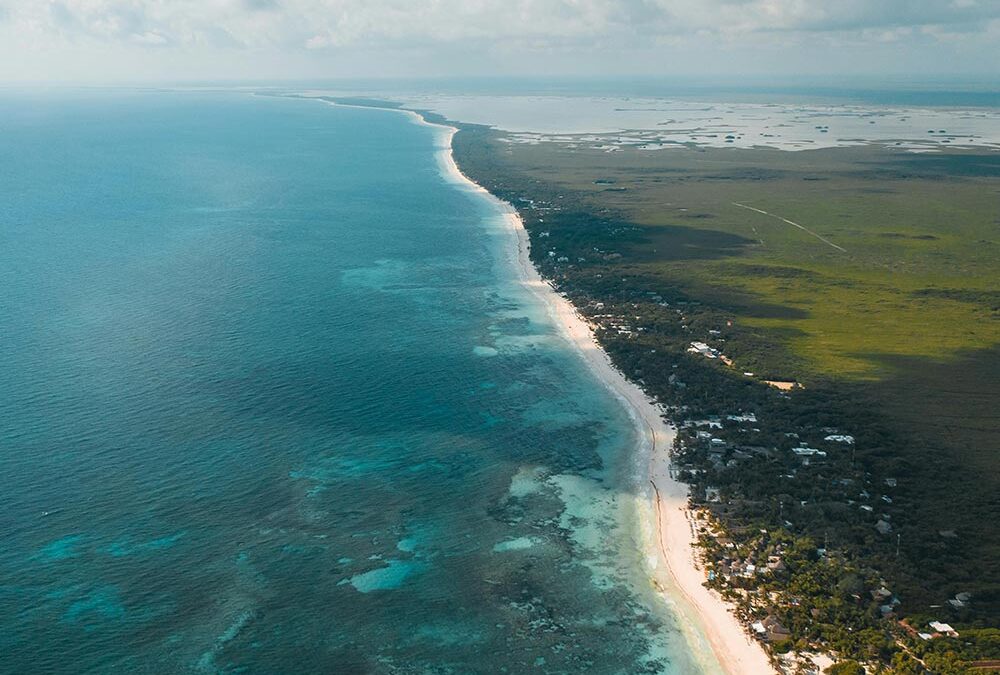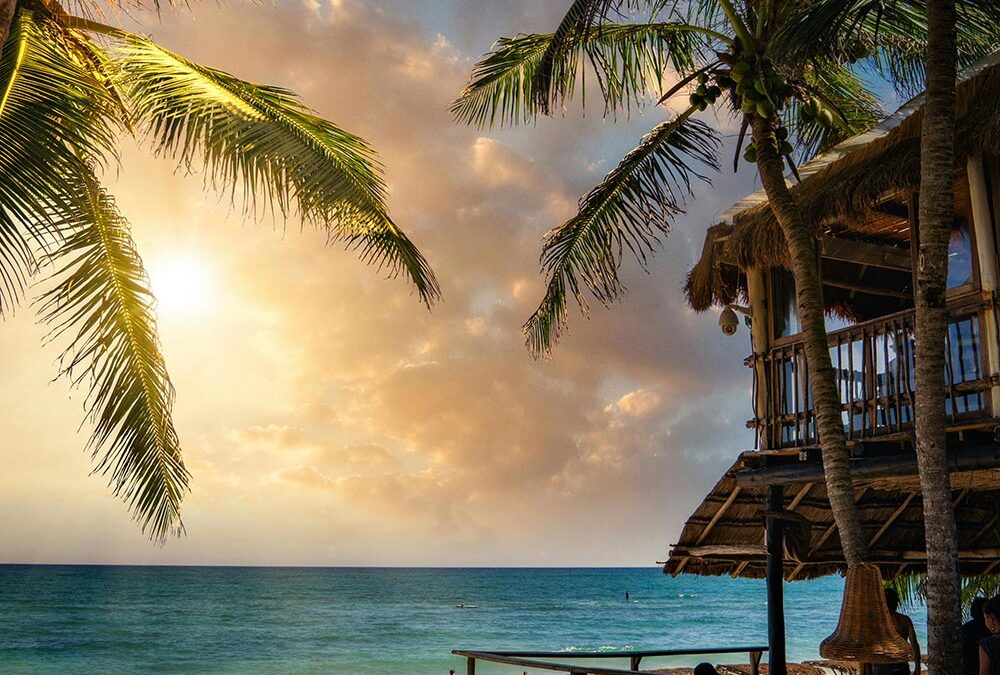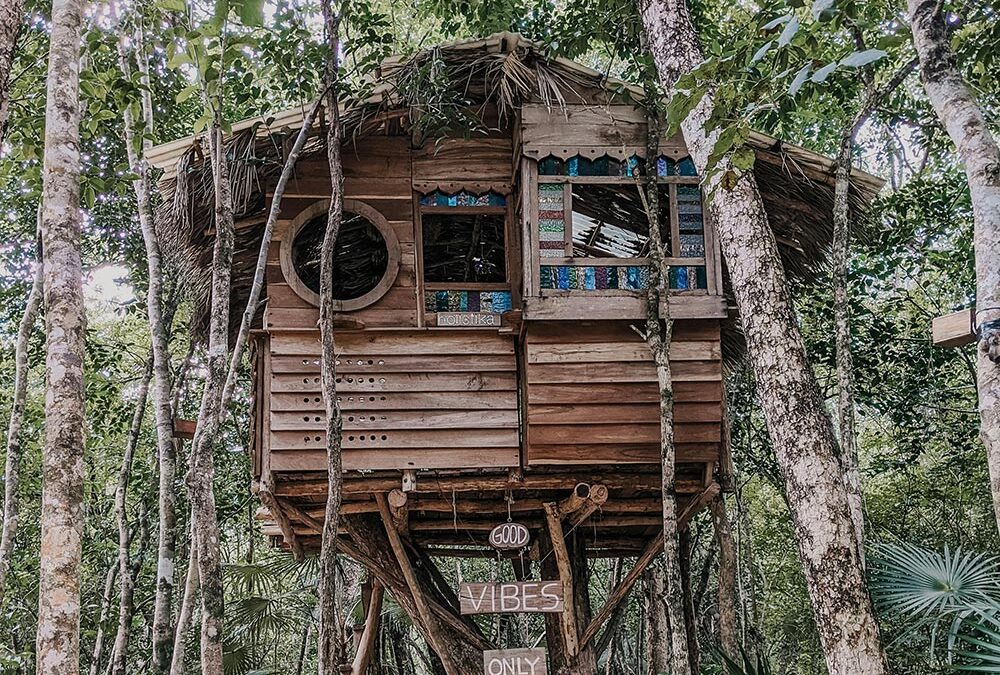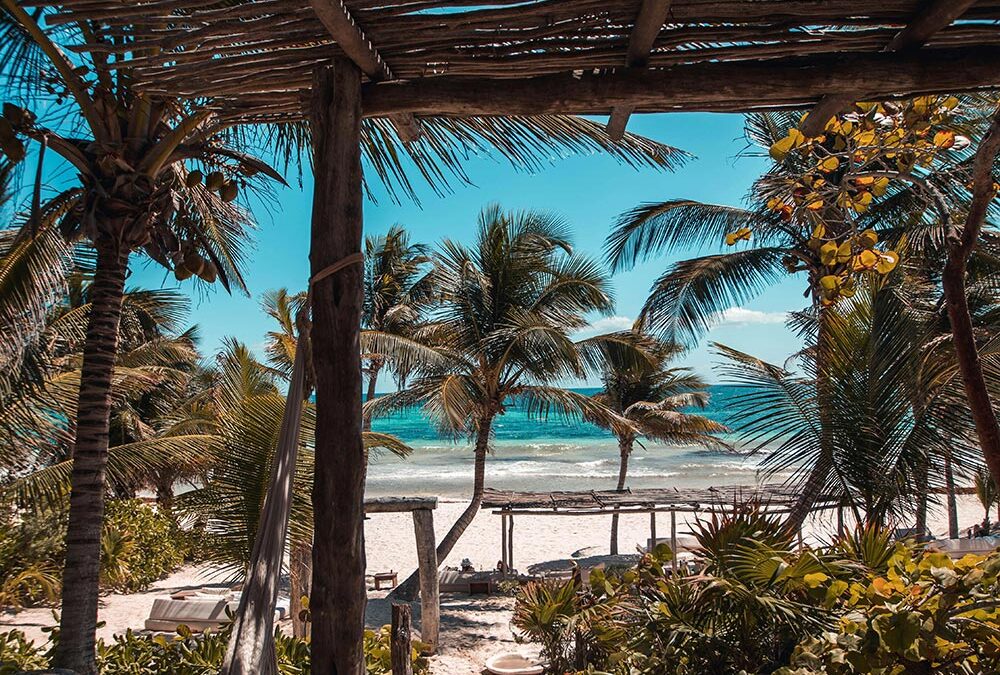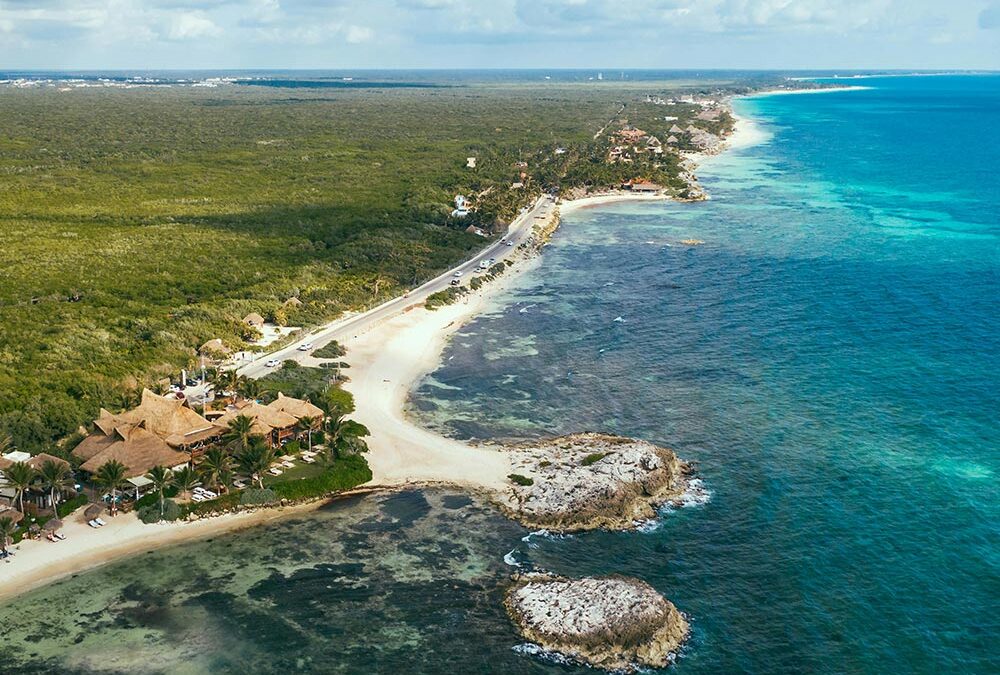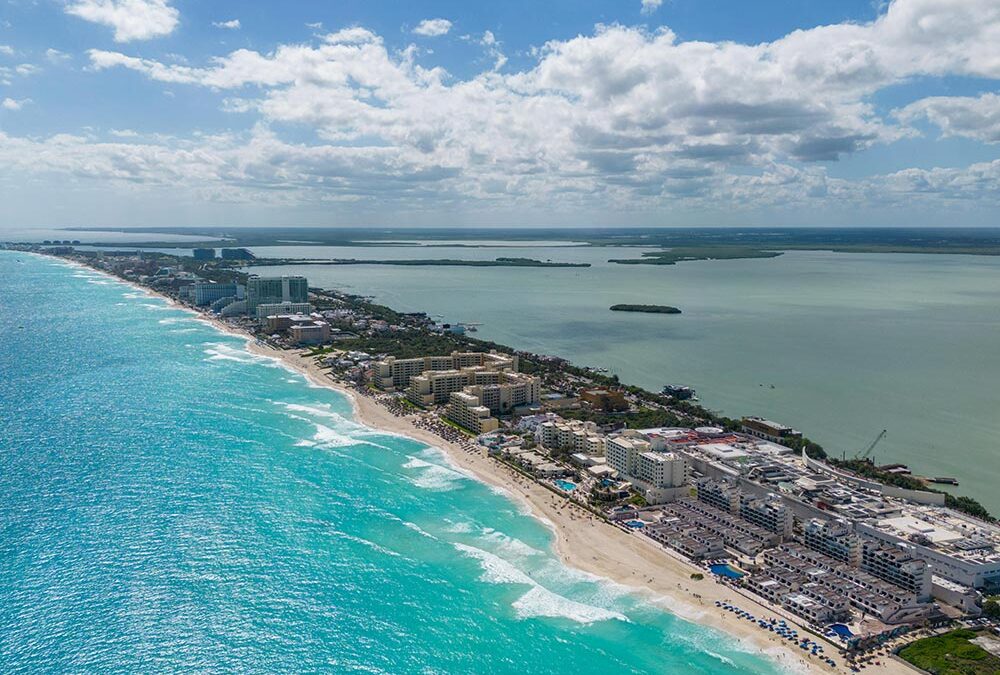The Riviera Maya has always been a coveted destination for its unparalleled natural beauty and cultural heritage. It attracts millions of tourists annually, particularly from North America and Europe. This robust tourism market has long supported a thriving short-term rental sector, with high occupancy rates for vacation homes and condos. The rising influx of retirees, digital nomads, and expatriates looking for a tropical lifestyle has further bolstered demand.
Property values in the region have been climbing steadily, with hotspots like Tulum and Playa del Carmen witnessing annual appreciation rates of 8-12%. This trend has been driven by limited supply in prime locations, increasing foreign interest, and the area’s relative affordability compared to similar global destinations like Miami or the French Riviera. The ongoing infrastructure boom, particularly the Maya Train, promises to enhance this growth trajectory by making the Riviera Maya more accessible to a broader audience.
The Maya Train: Transforming Accessibility
Overview of the Maya Train Project
The Maya Train, or *Tren Maya*, is a flagship project of the Mexican government aimed at boosting economic development and tourism in southeastern Mexico. With over 1,525 kilometers of track connecting key cities and archaeological sites, the train will serve as a transportation backbone for Quintana Roo, Yucatán, Campeche, Tabasco, and Chiapas. It will include 15 stations in its initial phase, strategically located to maximize accessibility to major tourist attractions and local communities.
The train is designed to offer three types of services: passenger, tourism, and cargo. For tourists, it promises a seamless journey between iconic destinations like Cancun, Tulum, and Palenque, reducing travel times significantly. For locals, it offers improved mobility, fostering regional economic integration. For investors, it unlocks potential in areas that were previously underserved by transportation infrastructure.
Impact on the Riviera Maya
The Maya Train’s direct impact on the Riviera Maya is transformative. Major tourist destinations like Cancun and Tulum are poised to become more interconnected, while less developed areas along the train’s route are experiencing heightened interest from developers. Land prices near proposed stations have increased dramatically, with some areas seeing growth rates exceeding 20% annually.
Beyond tourism, the train is expected to stimulate local economies by creating jobs, attracting businesses, and promoting cultural heritage. This dynamic growth environment makes the Riviera Maya a focal point for both domestic and international real estate investors.
Other Key Infrastructure Projects
Expansion of Cancun International Airport
The Cancun International Airport is undergoing a substantial upgrade to accommodate the region’s booming tourist industry. Currently handling over 30 million passengers annually, the airport’s expansion includes additional terminals, upgraded technology, and enhanced logistics to streamline operations. These upgrades will support a growing influx of international visitors, ensuring steady demand for rental properties and hotels.
Highway Developments
The federal government has invested heavily in upgrading highways connecting Cancun, Playa del Carmen, Tulum, and other key locations. New bypasses and modernized routes are reducing travel times and alleviating congestion, especially during peak tourist seasons. These improvements also extend into secondary towns, enabling real estate opportunities in areas previously considered too remote.
Eco-tourism Infrastructure
Efforts to develop eco-friendly tourism hubs are gaining momentum, with projects emphasizing sustainability and cultural preservation. These initiatives appeal to environmentally conscious travelers and investors, further diversifying the region’s real estate market.
Impact of Infrastructure on Property Values
Historically, infrastructure investments have been directly correlated with rising property values. In the Riviera Maya, this trend is pronounced, as improved accessibility enhances the appeal of both established and emerging locations. The Maya Train, for example, has catalyzed a 15-20% appreciation in land prices near proposed stations. Investors who purchased property before project announcements have seen significant gains.
Rental yields are also climbing, particularly in areas like Playa del Carmen, where short-term vacation rentals dominate the market. Yields range from 8-12% annually, with prime properties achieving even higher returns during peak seasons. Commercial real estate is another beneficiary, with increased demand for retail and office spaces near train stations and tourist hubs.
Opportunities for Real Estate Investors
The Riviera Maya’s infrastructure boom presents diverse opportunities for real estate investors:
- **Pre-construction Properties:** Early investments in condos or homes near infrastructure projects often yield the highest returns.
- **Vacation Rentals:** Enhanced accessibility drives demand for short-term rental properties, particularly near Maya Train stations.
- **Commercial Real Estate:** Retail spaces and co-working hubs near transportation nodes are in growing demand.
- **Land Investments:** Buying land in emerging areas offers substantial upside as these locations develop further.
Investors should prioritize reputable developers and projects with a strong focus on sustainability, as these are increasingly appealing to global buyers.
Potential Risks and Mitigation Strategies
While the Riviera Maya offers immense promise, risks remain. Potential delays in Maya Train construction or environmental controversies could impact project timelines and investor confidence. Additionally, overdevelopment in popular areas like Tulum risks market saturation, potentially slowing appreciation rates.
Mitigation strategies include diversifying investment portfolios, focusing on underdeveloped yet promising areas, and staying informed about regulatory and environmental developments. Conducting due diligence and partnering with experienced developers are also essential.
Case Study: Real Estate Boom in Tulum
Tulum exemplifies the transformative potential of infrastructure projects. Over the past decade, it has transitioned from a tranquil beach town into a global hotspot for eco-tourism and luxury real estate. The upcoming Maya Train station has accelerated this growth, pushing property values higher and attracting high-net-worth individuals and developers.
An example is the Aldea Zamá community, where pre-construction condos once priced at $150,000 now sell for upwards of $300,000. Investors in strategically located properties near the train station are poised for even greater appreciation, highlighting the area’s unique potential.
Conclusion
The Riviera Maya is entering a new era of growth and opportunity. Infrastructure developments like the Maya Train, coupled with complementary projects, are driving up property values, rental yields, and overall investment appeal. For investors, the region offers a rare combination of affordability, growth potential, and global demand. By acting early and strategically, investors can secure their stake in one of the most dynamic real estate markets in the world.
FAQs
How does the Maya Train impact real estate prices?
The Maya Train enhances accessibility, driving property value appreciation of 15-20% in areas near its stations. It opens previously remote locations to development.
Is investing in Riviera Maya real estate safe?
Yes, if approached with proper due diligence. Working with reputable developers and understanding legal frameworks helps mitigate risks.
Which areas in the Riviera Maya offer the best investment potential?
Tulum, Playa del Carmen, and new growth areas near Maya Train stations are top picks due to rising demand and improving infrastructure.
What rental yields can investors expect in the Riviera Maya?
Vacation rentals typically yield 8-12% annually, with higher returns in tourist-heavy locations during peak seasons.
What are the environmental implications of the Maya Train?
Critics highlight potential ecological damage, but the government is implementing measures to minimize impact, including eco-friendly designs and conservation efforts.
